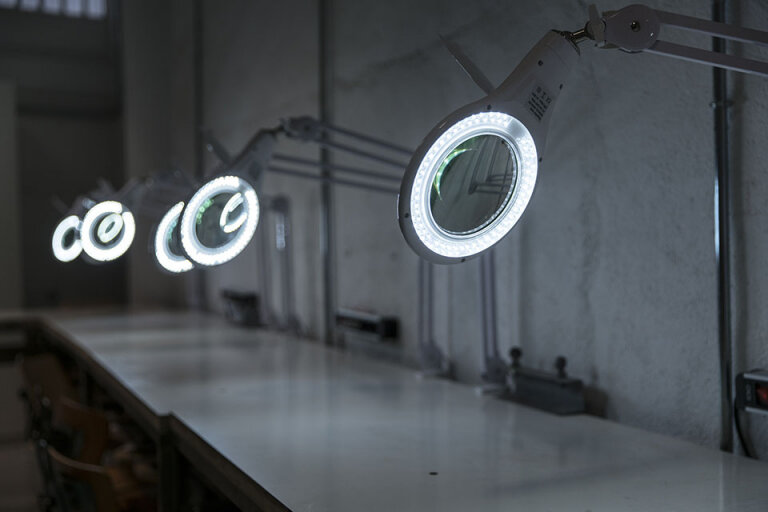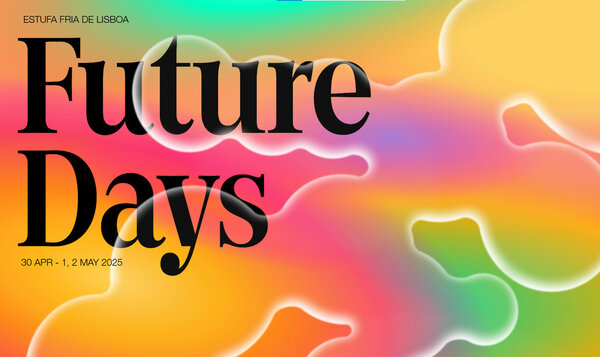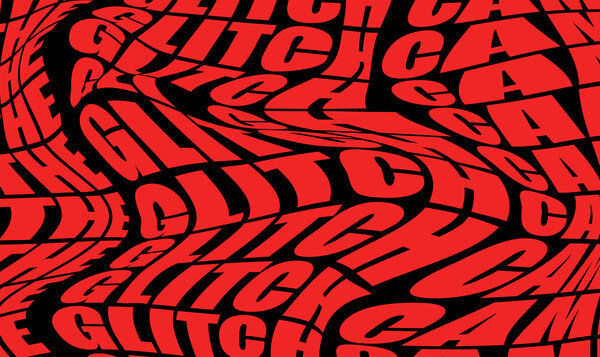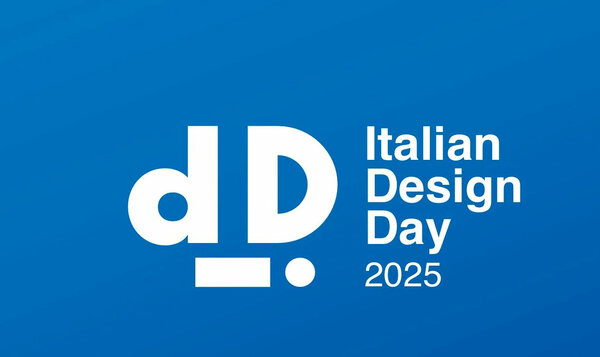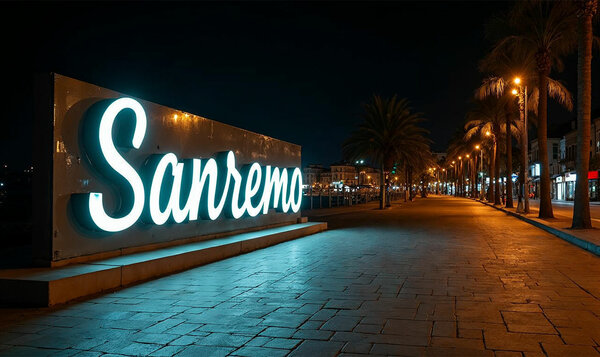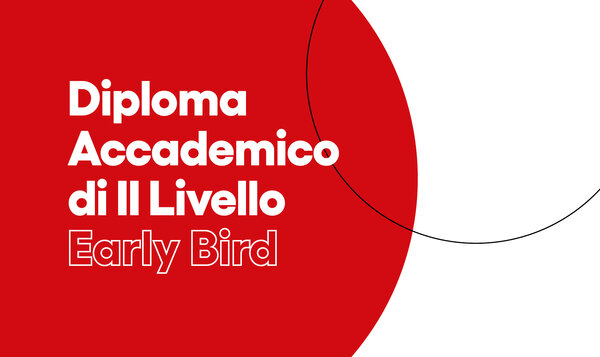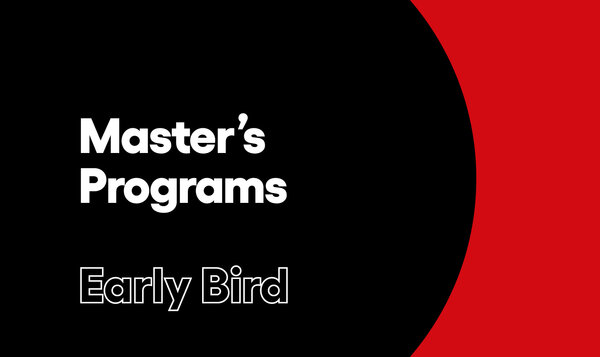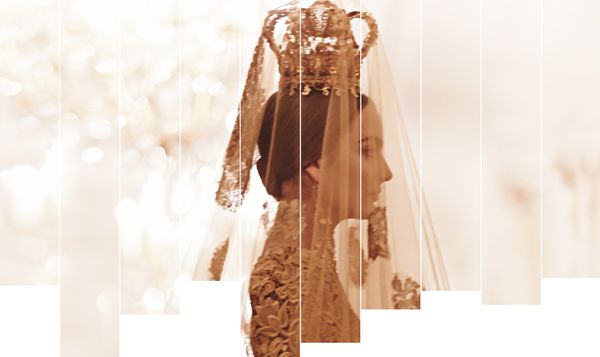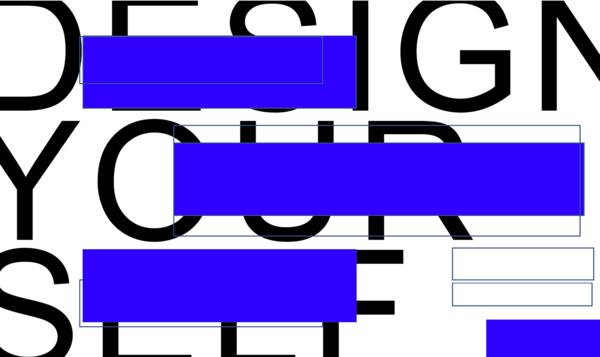What challenges does a school of Design face in the current context? Luca De Biase (IED Scientific Committee) defines the complexity of the contemporary world and proposes the exercise of design as the key to designing an intelligent and sustainable future.
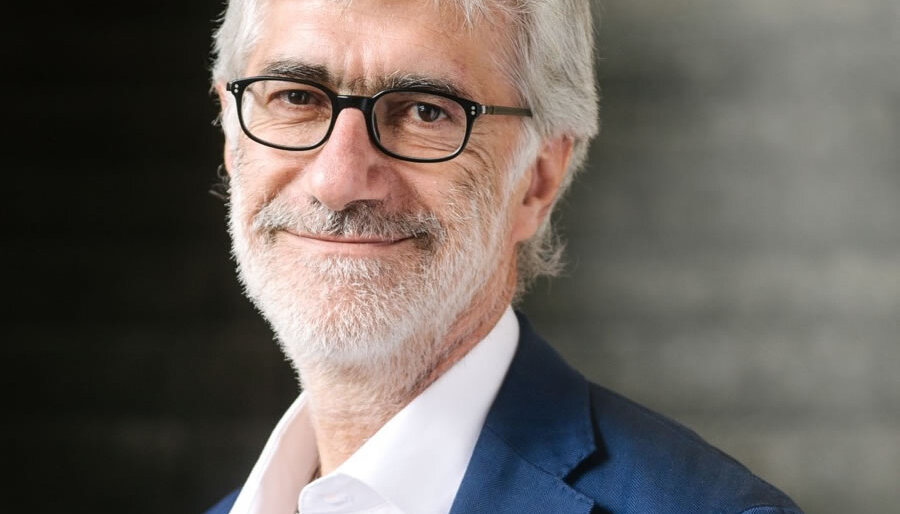
The project as a narrative of the future
Date
07 February 2018
One of the tasks of a school is to formulate the perspective based on which a relationship is built between what students learn today and the knowledge that the humans of the future will need to enable society and the economy to meet the challenges that lie ahead. A design school approaches this task from a particular angle. Since it teaches the art of designing, i.e. the cultural process that leads to changing the conditions for building the future, it is forced to redesign that perspective at the very moment it implements it.
The culture of a design school is thus permeated by the need for hyper-awareness of the consequences of what it teaches, which goes hand in hand with the pragmatic experience typical of creative professions that can be recognised only when they express themselves through their works. The problem of future work, made complex by the ongoing technological and organisational innovation that rapidly pushes several trades and deep-rooted knowledge towards obsolescence, is probably solved precisely through a fundamental cultural leap, leading to the synthesis of technical skills and humanistic sensibilities. It follows that a design training programme can be thought of precisely as the embodiment of a perspective that serves to traverse the transformation of the economic context based on a synthesis of specialised and strategic skills so that the hard skills required by production techniques are experienced under the banner of the humanistic soft skills needed to navigate change, from critical sense to autonomy of judgement, from the ability to be a team player to creativity. In this sense, the project culture is also a scenario culture.
Nothing could be more challenging at present. The speed of change has put economic and social forecasting-oriented disciplines to the test. The prediction of possible scenario is now, above all, about recognising the narrative forms best suited to making sense of the most disruptive facts manifesting in today’s world. With this approach, those who study the economic system emerging from the great technological transformation and globalisation see scenarios laden with unprecedented risks and opportunities. Artificial intelligence, robotics, sensor technology, additive manufacturing, and digital platforms are changing production conditions, enhancing organisations that know how to connect supply to demand efficiently and creating the requirements for a radical “personalisation” of products and related services. Meanwhile, materials originating from nanotechnology and processes activated by biotechnology, together with the possibility of enriching any object with ever more powerful and ever cheaper networked electronics, constitute enabling structures for more profound product innovation. Undoubtedly, interpreting all this requires a strong project culture, capable of holding together the company and its context of suppliers, customers and competitors, oriented towards the long term and certainly not limited to creating specific momentary solutions. Not surprisingly, design seems to be called upon to extend its range of action to much wider territories than those it had confined itself to in the past. However, to succeed - or at least attempt to do so - it must equip itself with knowledge of the frontiers of innovation mentioned above and others emerging in this contemporary world that seem capable of ceaselessly generating facts that shift the limits of the possible: from quantum mechanics to particle physics, from collective intelligence to cryptocurrencies, and so on. If all this challenges many traditional professions and risks replacing them with automatic machine operations, at the same time, it re-evaluates the sense and responsibility of design. Every study on the work of the future considers the possibility of the technological unemployment envisioned by John Maynard Keynes. However, the various schools of scholars tend to divide between the more and less pessimistic.
The consensus seems to have focused on the hypothesis formulated by Stefano Scarpetta’s group at the OCSE, according to which 10% of professions are destined to disappear within a decade and 30% to change profoundly. The professions at risk are the more repetitive ones and which have less predictable outcomes. Cultivating creativity is an excellent antidote against the end of work. But it is clear that creativity is not the prerogative of certain professions by right: it must be cultivated and demonstrated every day to be recognised. There is no actual creation without the encounter between those who propose a new idea and those who adopt it. Creativity is a plural character, existing in the unique relationship formed when someone sees something others do not see and realises it, revealing it in a form that allows everyone to recognise its value. In that sense, form is substance, and project is narrative. As they argue at the Institute for the Future: “The first law of future studies is clear: there are no facts of the future, only narratives”. Thus, only projects. Explicit or implicit.
An enormous responsibility for a school of Design emerges. The future is the consequence of actions taken in the past, with the - always partial - correction of what is done in the present. But how does that correction take place? Daniel Kahneman, the Nobel Prize-winning psychologist for economics, shows that controlled reasoning is used in a minority of human choices: intuition, on the other hand, guides most actions, which are therefore made without a proper rational decision based on the most immediately available option. From a certain point of view, actions are mostly “automatic” in that they are not consciously chosen concerning a rational analysis of alternatives but are performed as an apparent reaction to circumstances. In such cases, human actions can be replaced by inhuman acts. This means, in some cases, actions performed by machines to which no one has thought to confer meaning. This is not a distant future: it is the experience that humans have already had and whose consequences can be seen in climate change, the polarisation of wealth, and the growing distance between informed populations and those who do not have access to the sources of knowledge. Design, in the end, becomes the discipline that deals with looking for and experiencing what is possible even when it cannot be seen, the search for meaning in the combination of technologies and business models to produce objects and services that can be adopted in a sustainable perspective. It is about consciously intervening in what comes from the past to change the historical trajectory and empower humans to build a brighter future for themselves and the planet.
Author: Luca De Biase
